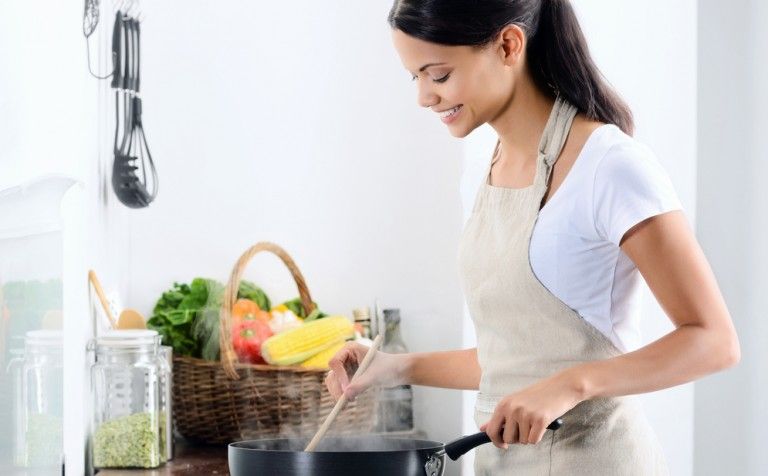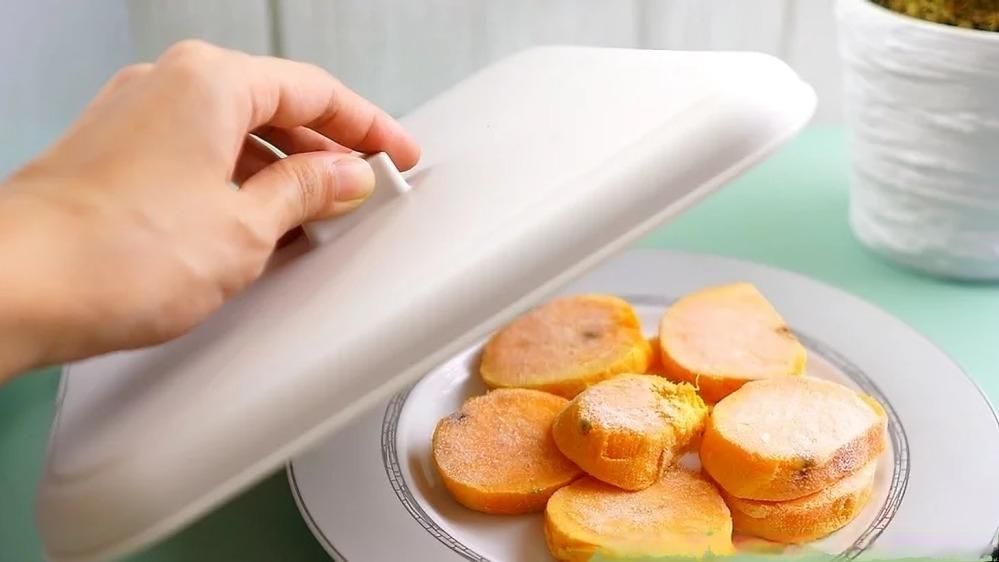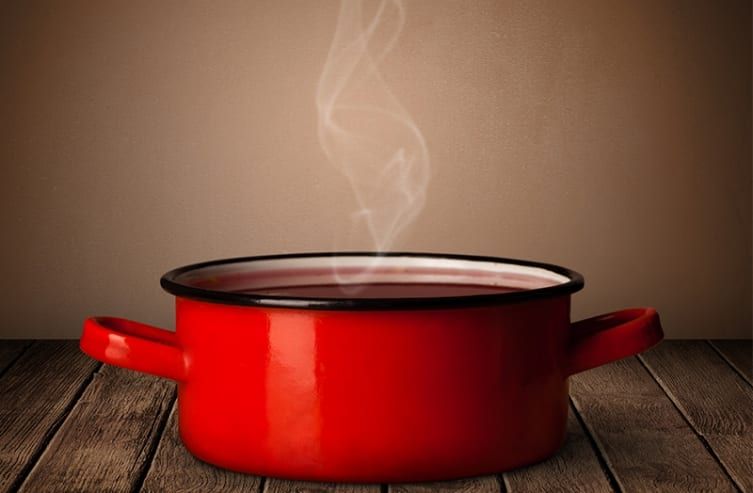
“
Cooking with kids is not only fun but also a fantastic opportunity to teach them valuable life skills. However, ensuring safety in the kitchen is crucial. Begin by teaching basic kitchen safety rules, such as washing hands before and after handling food and keeping hair tied back. Show them how to handle knives properly, emphasizing the importance of cutting away from their body and using a stable cutting board. Explain the dangers of hot surfaces and the importance of using oven mitts. Discuss the significance of not leaving cooking unattended and the proper way to store food. By incorporating these safety rules, children can enjoy cooking while staying safe and learning essential kitchen skills.1
1
”
Always wash hands with soap and water before handling food. Clean hands help prevent the spread of germs and ensure that food remains safe for consumption. Proper hand hygiene is crucial in avoiding foodborne illnesses.1
Always have an adult present when using the stove, oven, or sharp knives. Adults provide guidance and ensure safety while handling potentially dangerous kitchen equipment. Their supervision is essential for preventing accidents.2

Tie back long hair to prevent it from getting near food or flames. Reduces the risk of hair catching fire or falling into food during preparation. Keeping hair secured maintains hygiene and safety in the kitchen.
Always use knives with adult supervision. Proper knife handling techniques prevent cuts and injuries while slicing or chopping ingredients. Supervised use of knives ensures safer kitchen practices.3
Be cautious of hot surfaces like stovetops and toaster ovens. Touching these surfaces can cause burns, so use oven mitts and handle them carefully. Awareness and precaution are key to preventing burn injuries.4
Turn pot handles inward when cooking on the stove to prevent accidental spills. This simple step helps prevent hot liquids or food from tipping over and causing burns. Proper handle positioning enhances kitchen safety.5

Use microwave-safe dishes and cover food with a lid or paper towel to prevent splatters. Ensuring that dishes are microwave-safe prevents uneven heating and avoids burns or spills. Proper covering keeps the microwave clean.
Know where the fire extinguisher is and how to use it in case of a kitchen fire. Being prepared for emergencies helps prevent fires from spreading and keeps everyone safe. Quick access to the extinguisher can save lives and property.6
Know where the first aid kit is located and how to use basic supplies. Quick access to first aid items allows for immediate treatment of minor injuries that may occur in the kitchen. This preparedness aids in prompt injury management.7
Be aware of food allergies and avoid cross-contact with allergens. Preventing cross-contamination helps keep meals safe for those with allergies and reduces the risk of allergic reactions. Awareness of allergens is crucial for food safety.8
Use a clean spoon for tasting, and never double-dip. This practice prevents the spread of germs and maintains food hygiene during meal preparation. Proper utensil use helps avoid contamination.9
Safely dispose of hot grease by letting it cool and throwing it away in a sealed container. Proper grease disposal prevents burns and keeps kitchen surfaces clean and safe. Avoid pouring grease down the sink to prevent clogs.10
Keep cords away from water, and never touch electric appliances with wet hands. Ensuring that appliances are dry and cords are safely managed reduces the risk of electrical shocks. Water and electricity are a dangerous combination.11
Avoid wearing loose clothing or dangling accessories while cooking. Loose items can catch fire or get caught in kitchen equipment, leading to accidents. Wear fitted clothing and secure accessories to prevent hazards.12
Keep emergency phone numbers, including parents' and 911, handy. Having emergency contacts readily available ensures quick access to help in accidents or emergencies. This readiness is vital for effective response in crises.13
Label leftovers with dates and store them properly in the refrigerator. Proper labeling and storage prevent food spoilage and ensure that leftovers are safe to eat later. A Good organization helps in managing food freshness.14
When lifting heavy pots, pans, or containers, use both hands and bend your knees, not your back. This technique prevents injuries and ensures the safe handling of heavy kitchen items. Teach children to ask for help with heavy objects.15
Teach kids to recycle food containers and dispose of kitchen waste responsibly. Recycling reduces waste and promotes environmental conservation. Proper waste management supports sustainability.16

Allow hot foods to cool before storing them in the refrigerator. Rapid cooling prevents bacterial growth and keeps food safe for consumption. This practice is crucial for food safety and quality.
Always use oven mitts or pot holders and keep a safe distance from steam; otherwise, it can harm you. Proper handling prevents steam-related injuries.17


